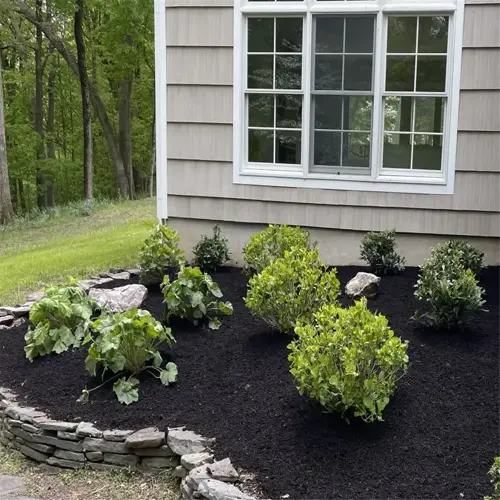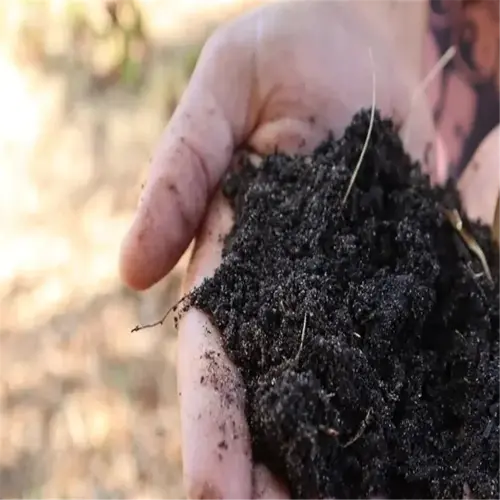Are native plants better for pollinators?

Written by
Tina Carter
Reviewed by
Prof. Martin Thorne, Ph.D.Plants that are beneficial to native pollinators provide a foundation for healthy ecosystems. They have evolved for millennia with native bees, butterflies, and birds through deep interrelationships. Furthermore, they are developed as opposed to exotic ornamentals that have evolved with pollinators. They have developed an ideal nectar ratio and blooming times that allow them to sustain their life cycles.
Water Efficiency
- Taproots reach 36+ inches for drought resilience
- Reduce irrigation needs by 30-50% versus lawns
- Thrive in regional rainfall patterns without supplements
Biodiversity Impact
- Host 5-10x more pollinator species than non-natives
- Support specialized larvae like monarch caterpillars
- Prevent invasive species dominance through soil adaptation
A client swapped her rose bushes for purple coneflower and milkweed. Within months, her yard was home to 12 new bee species and monarch caterpillars. This transformation only cost 60% of her water bills, plus she got rid of pesticides altogether.
The Blazing Star's 8-foot roots are more effective at holding a hillside than a retaining wall. Then, in summer, its flowers provide food to hummingbird moths after dusk, which is something non-native petunias cannot do. These two functions demonstrate how native plants can address multiple problems in the garden at the same time.
Winter can unveil some of its hidden advantages. Dead sunflower stems house the larvae of leafcutter bees; the native goldenrod seed heads provide food for finches. If you wait to clean up until spring, you offer cold weather habitat that most landscapers would not know even existed.
Read the full article: Top Native Pollinator Plants for a Healthy Ecosystem

